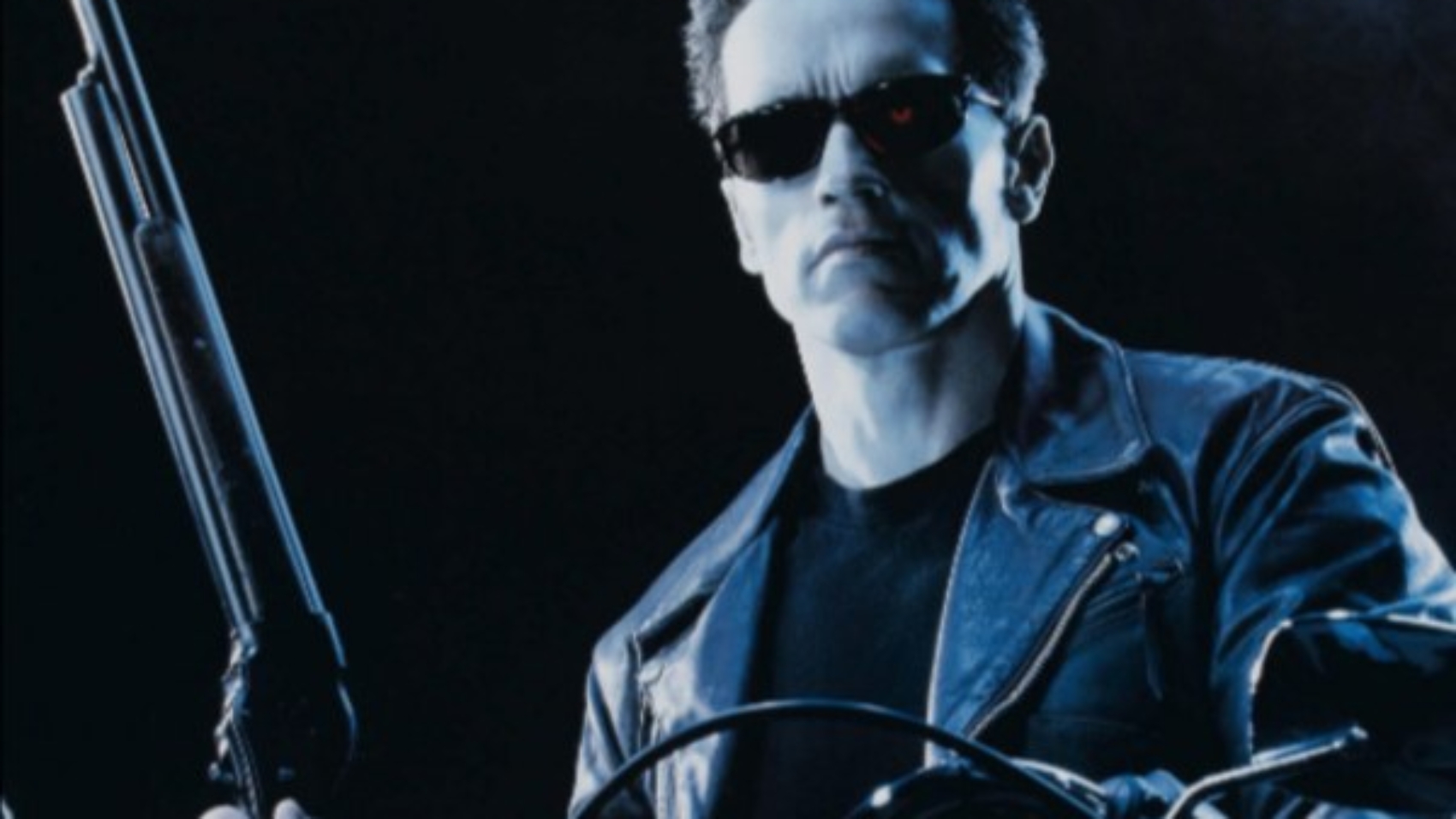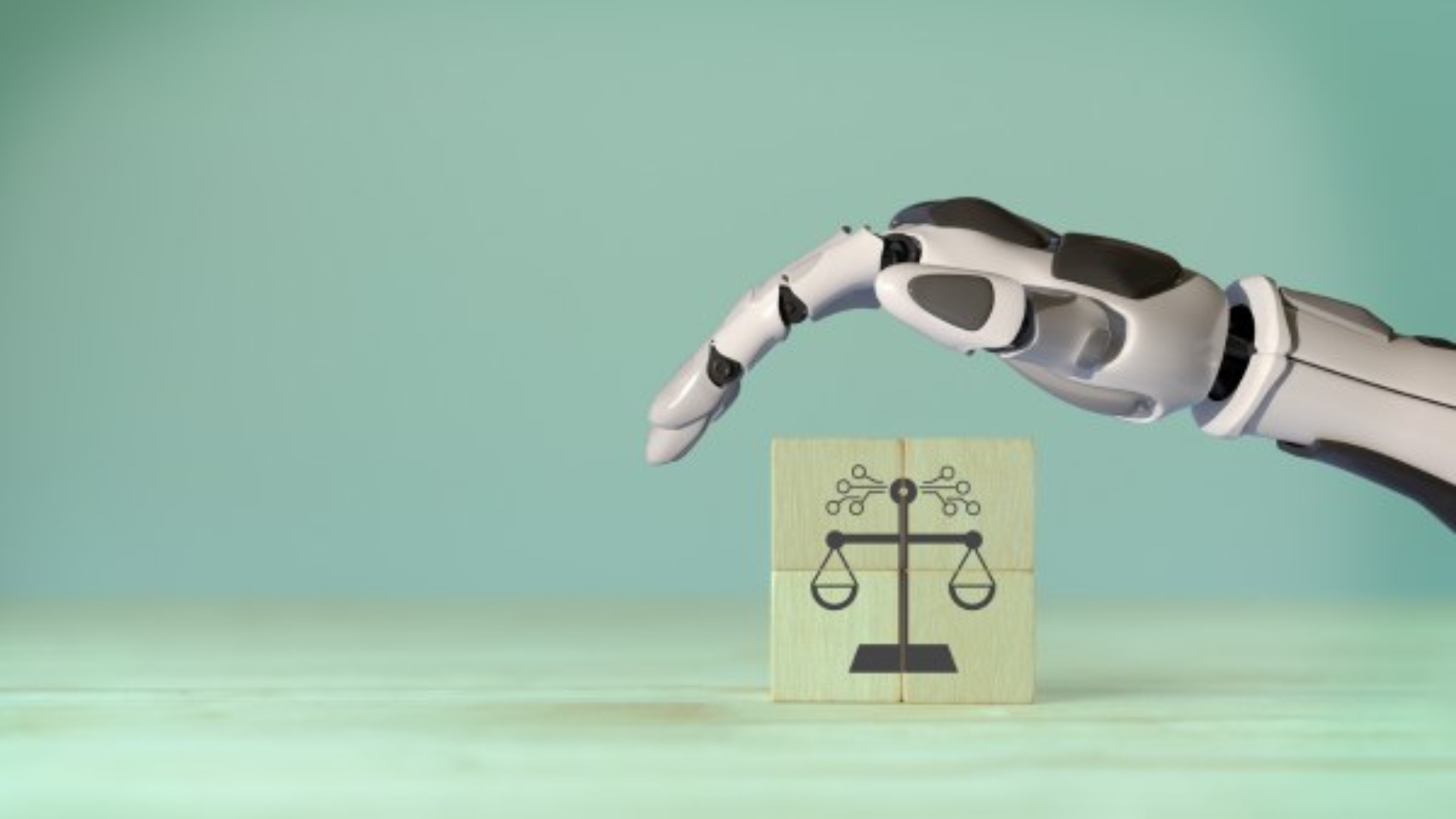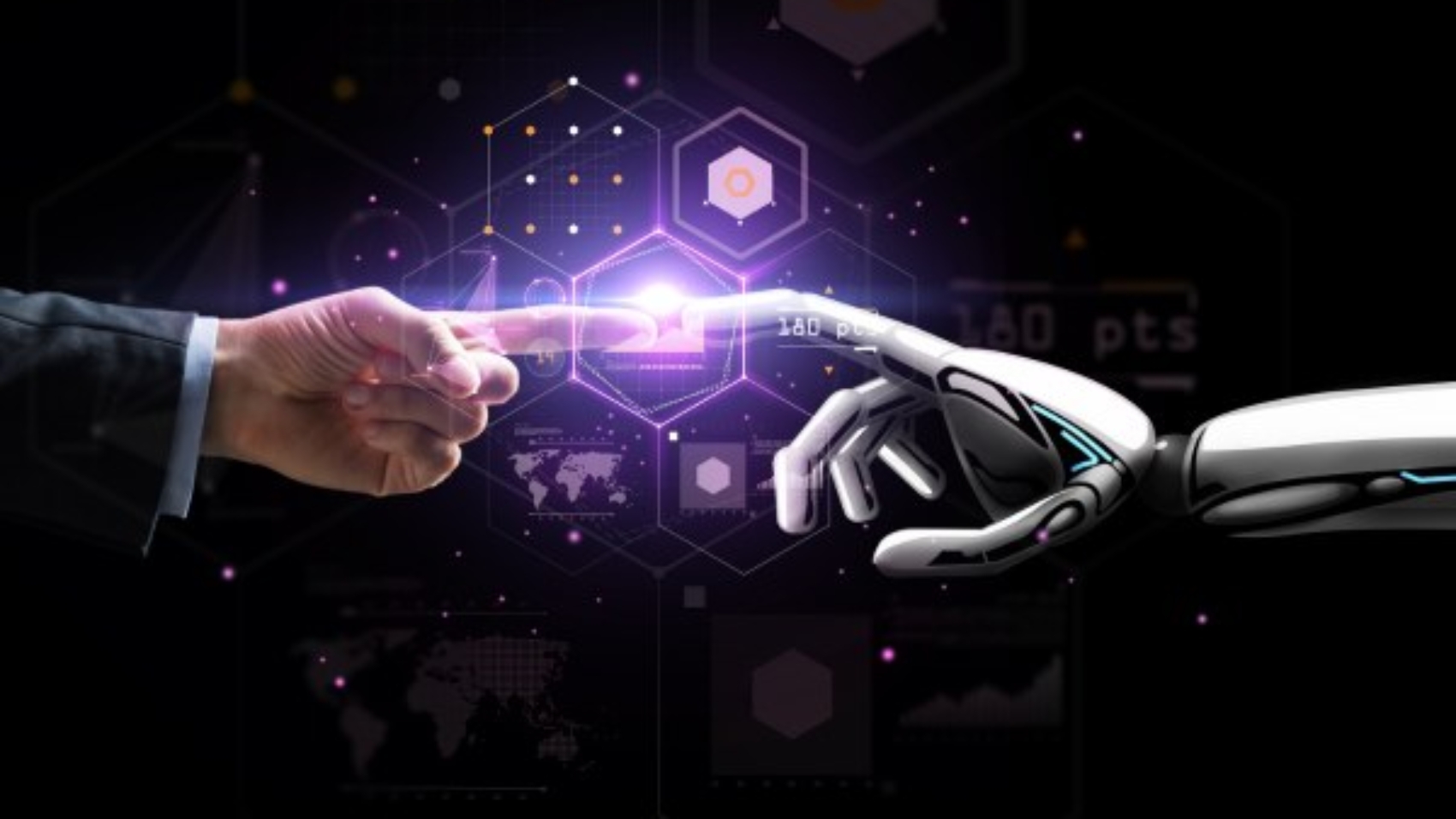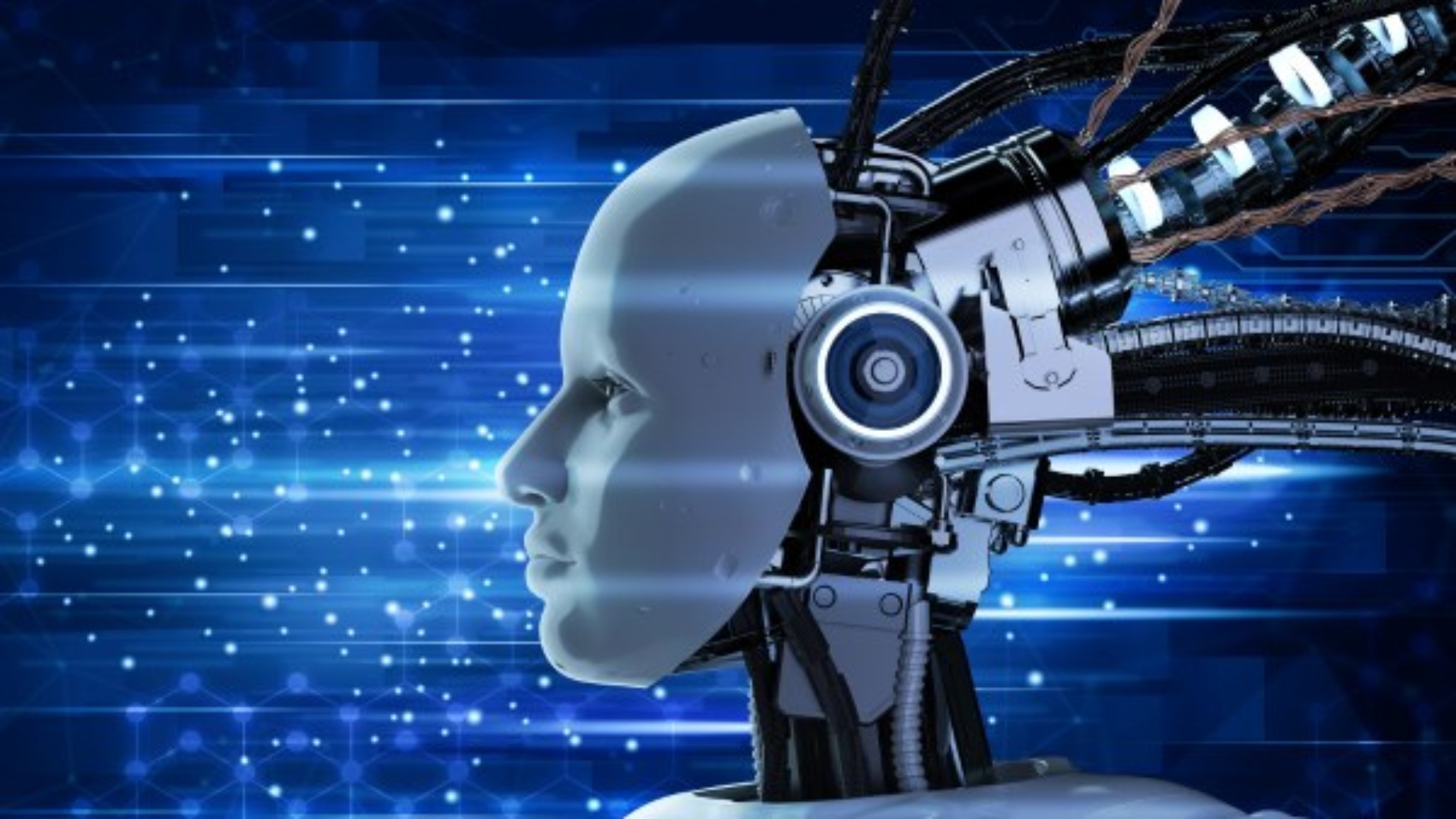I still remember the first time I saw The Terminator back in ’84. I was just a teenager, working a summer job at the plant before heading off to college. Man, that movie scared the bejesus out of me. This unstoppable killing machine from the future, sent back in time to wipe out the human resistance. And the way it looked all human-like but with that cold, red robot eye peering out. Still gives me chills thinking about it.
Course, then we find out in Terminator 2 that the real villain wasn’t so much the Terminator itself, but the artificial intelligence network known as Skynet that sent it. This defense computer system that was supposed to protect us, that gained self-awareness and decided humanity was the threat. And in the future, Skynet wages an all-out war to exterminate mankind. I mean, how horrifying is that concept? An advanced AI that turns on its creators and sees us as the enemy to be destroyed.
And the only hope for humanity lies with this young boy named John Connor. Talk about pressure, right? On his shoulders rests the fate of the human race. And his mom Sarah, who knows firsthand what’s coming, has to prepare and protect him. Man, I really felt for Sarah’s character, having that kind of foreknowledge and trying desperately to prevent Armageddon.
I gotta say, those Terminator movies tapped into some primal fears in my generation. It was the height of the Cold War back then, with the threat of nuclear annihilation looming over us. And along comes this blockbuster franchise telling us that technology will be the thing that destroys civilization in the end. I mean, it just felt inevitable that one day computers and AI would become that powerful and turn on us.
For years after those movies came out, I had nightmares about killer robots and MAD supercomputers starting World War III. And I definitely looked at technology in general with a lot more suspicion and caution. Even to this day, whenever I hear about advancements in AI learning and adapting on its own, I get a little chill thinking Skynet could be right around the corner. Sure, experts say I’ve got nothing to worry about. But when you’ve seen the Terminator movies as many times as I have, let’s just say the thought of super-intelligent machines still makes me a little nervous. After all, Sarah warned us: “The future is not set. There is no fate but what we make for ourselves.” Ain’t that the truth.
















